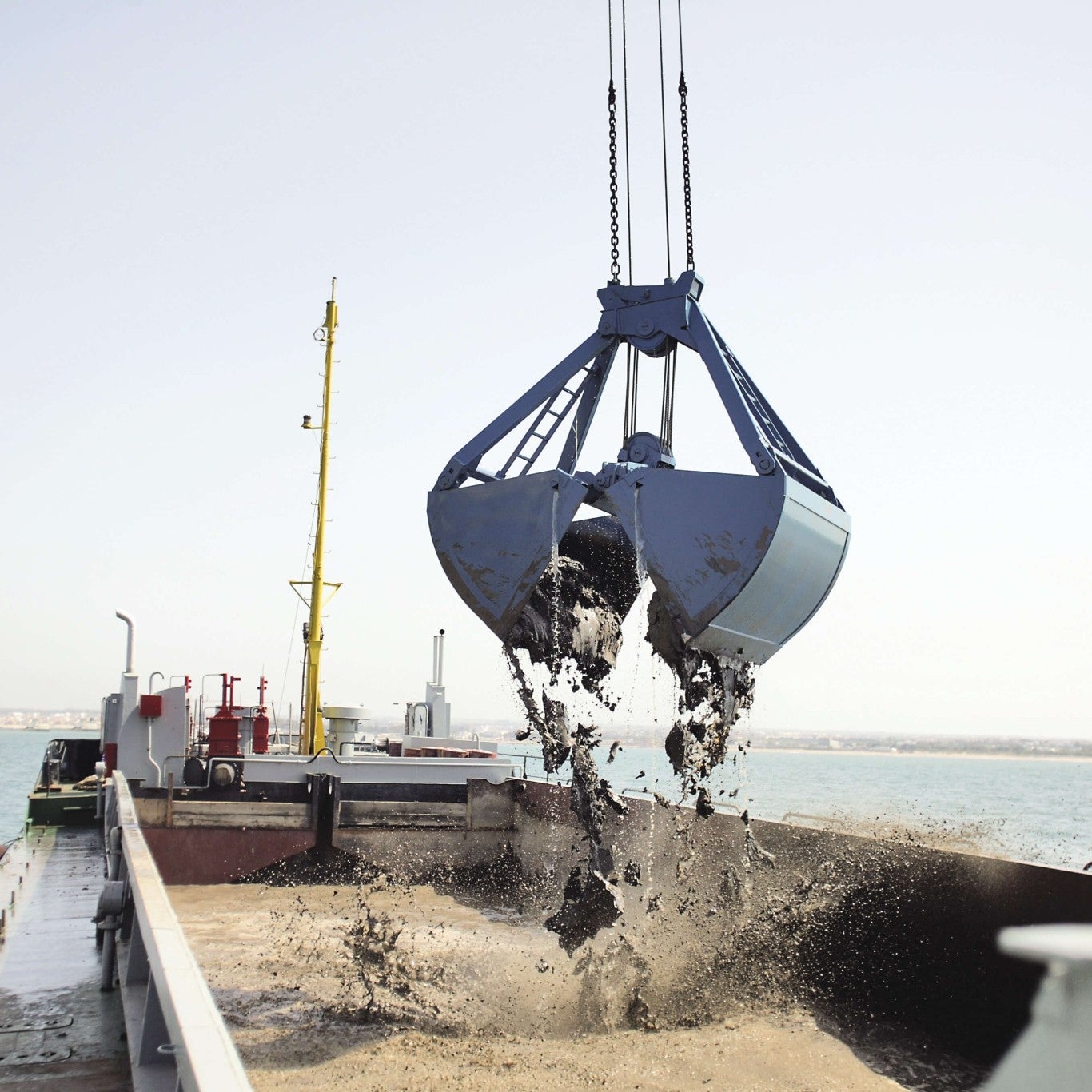

Beach nourishment is extremely popular along the oceans coasts as beaches are a large economic draw for communities and good quality beach sand is typically in short supply. Landfill Caps and Covers: Dredged material can be utilized as a source for landfill covers, road construction slope soils and as cap material for sediment cleanup projects of contaminated material.ĭredged Materail Used as Beach Nourishmentīeach Nourishment: Much of the course fraction of clean dredged material can be replaced into the nearshore or beach zones to enhance or create new beaches and recreational areas. Many new land areas within ports and harbors utilize dredged material to create new land regions. Land Creation and Construction Fill: Dredged material can be a valuable source for large quantities of fill material. The follow are several example ways clean dredged material can be beneficially used: There are many opportunities to beneficially use dredged material instead of wasting it by placing it into CDF’s which are needed for only the contaminated material. The beneficial use of dredged material is the term used for utilizing dredged sediments for resource materials and as productive material not to be wasted. Therefore, alternative uses need to be implemented for the clean dredged material. The CDFs are filling rapidly, costly to build and take many years to design and permit. Nearly half of this volume is considered not contaminated and does not need to be placed into confined disposal facilities (CDFs) built to contain contaminated sediments. In the Great Lakes alone, average dredging volumes from just the federally maintained channels is 3-5 million cubic yards of material per year. Actionable science student opportunitiesĬredit: Richard Price, US Army Corps of EngineersĮach year, several hundred million cubic yards of material is dredged from our nations ports, harbors and marinas waterways to maintain critical channel depths for both commercial and recreational boat passage.Scholarship and fellowship opportunities.


 0 kommentar(er)
0 kommentar(er)
